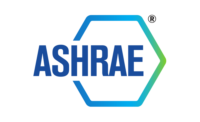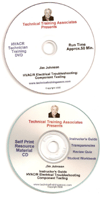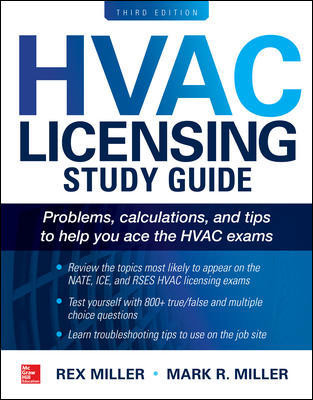
Enlisting help to explore the federal credit for research and development proved to be a profitable exercise for Rentech Boiler Systems. Are other companies leaving money on the drafting table?
Rentech Boiler Systems recently completed a Research & Development (R&D) Tax Credit Study and was very pleased with the results.
Jack Rentz, president of Rentech Boiler Systems and ABMA Board Member, learned about the R&D Tax Credit at the 2008 ABMA Manufacturers Conference. Brian Cameron, EVP of Business Development with Paradigm Partners, spoke at the conference about the R&D Tax Credit.
Rentz relates, “I felt after listening to Brian that the R&D tax credit could benefit my company, but I didn’t know to what degree.” In order to find out, Rentech Boiler commissioned Paradigm to review their particular situation.
BACKGROUND
The R&D tax credit was created by Congress as part of the Economic Recovery Tax Act of 1981 to encourage American industry to invest in research and development activities. The purpose of the credit was to stimulate R&D activities among businesses through tax incentives. However, due to the stringent requirements that existed under the provisions of the credit, a vast majority of the small to mid-size companies were unable to reap the substantial benefits of the R&D credit.Realizing that a majority of innovation in the U.S. was in fact transpiring from these small to mid-size firms, Congress liberalized the statutory requirements in 2001. Specifically, the new regulations provided that companies were no longer required to maintain precise timesheets documenting every hour an employee spent conducting qualified R&D activities. Furthermore, the research no longer had to result in a product that was new to the industry; instead, the resulting product or process simply had to be new to the company that developed it.
THE IRS DEFINITION OF R&D-QUALIFIED RESEARCH EXPENDITURES
The IRS’ definition of R&D and what constitutes qualified research expenditures (QRE) is misunderstood. The traditional definition of R&D is that of scientists in lab coats tinkering with chemicals, ultra high-tech industries and Fortune 500-type companies. The IRS’ definition is substantially broader.For boiler manufacturers, here are some activities that qualify for the credit:
- Determine parameters for reliable energy output depending on fuel type;
- Design components to maximize energy output through careful steam control;
- Determine boiler system layout at project site to maximizespace and boiler performance;
- Quality assurance testing of component parts of boiler and subsequent assembled boiler;
- Determine the coating on boiler system to prevent environ- mental factors that might breach structural integrity.
- Wages paid to employees engaged in the actual conduct of the research effort or in the direct supervision or support of such effort;
- Costs of supplies used in the research;
- Payments made to third parties for computer time used inthe research;
- 65% of the contract fee paid to a third party for research conducted on the taxpayer’s behalf.
R&D TAX CREDIT STUDY
Rentz continues, “I liked Paradigm’s approach. I just signed off on the study and they did all the work. My one concern was an IRS audit, but I found out that audit defense was included in their fee so I didn’t need to worry.” Paradigm’s production staff comprises engineers and intellectual property attorneys with an engineering background.” Brian Cameron added, “We use a technical interview process whereby we match our engineers with the company’s activities and interview the engineers and principals of the company to uncover all the projects that may qualify for the tax incentive. Our tax controversy attorneys get involved when an R&D audit does occur, and at no cost to the client.”The IRS recommends the “Comprehensive Project by Project Approach with Established Nexus” methodology when conducting a study. In layman’s terms, it means they want to know:
What was the project (nothing confidential or proprietary)?
- What were you trying to accomplish?
- What were the activities that were involved in accomplishing that project?
- What were the hurdles encountered?
- How were they overcome?
So in short: who worked on a particular project, performed a qualifying activity, how much time was involved, and in which year did it occur? They are looking for that level of detail.
Rentz suggests, “After I went through the interview process, I quickly realized that a CPA firm would not have the appropriate staff, engineers in particular, to grasp what is required to conduct a proper study. My suggestion to anyone wanting to conduct a study and maximize their benefit is that they use an engineering firm that specializes in this niche.”






